We recommend WordPress with Hostinger for new bloggers because it’s easy to learn, has affordable plans, and offers 24/7 customer service. Get started today for 80% off with our Quick Sprout code.
For many people, starting a travel blog is a dream come true. You get to build an audience, a brand, and possibly a career out of visiting gorgeous places and writing about your vacations.
However, starting a travel blog can be extremely competitive because it’s so much fun. Without knowing how to set up a blog correctly or how to target a niche audience, you might get lost in the sea of other travel blogs out there. This guide breaks down the 10 steps you need to set up a successful travel blog that gets traffic.
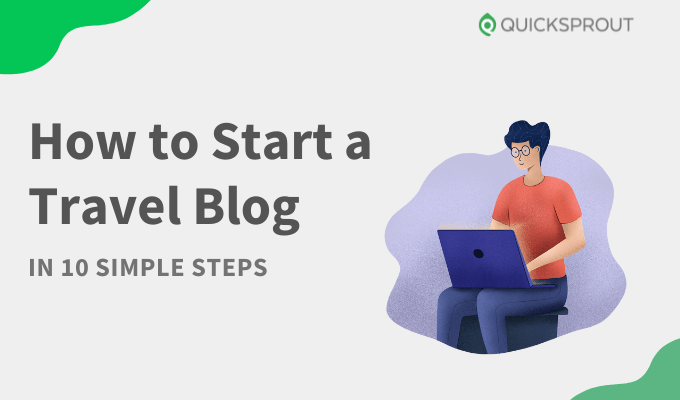
The 5 Best Blogging Platforms For Starting a Travel Blog.
Starting a blog is easier if you use a good blogging platform. We’ve spent hours looking at the best options available and analyzing their strengths and weaknesses. Here are our top recommendations based on our research:
- WordPress with Hostinger — Best overall
- Wix — Best for beginners building a professional blog
- Squarespace — Best for artists and designers
- LinkedIn – Best for networking
- Medium – Best for writing to a built-in audience
You can read our full review for a detailed breakdown of why we chose these five as our favorite blogging platforms.
Start a Travel Blog in 10 Easy Steps
Starting a travel blog is fun, but there’s so much to do at the start that it can get overwhelming. Because it’s something so exciting, you can get paralyzed by choice or ideas, so we’ve broken it down into 10 easy steps:
- Get Signed Up With WordPress on Hostinger
- Choose a Niche
- Choose a Blog Name
- Set Up Your Site and Activate Your SSL
- Get a Theme
- Customize Your Blog
- Plan Your First Few Posts
- Add Plugins
- Add Legal Pages
- Set Up Social Media
For this tutorial, we’ll use Hostinger with WordPress as our blogging platform because it’s affordable and simple for new bloggers. Plus, Hostinger runs sales throughout the year, and right now, you can get started with Hostinger for 80% off with our Quick Sprout code.
Step 1: Get Signed Up With WordPress on Hostinger
The first step to starting a travel blog is to get set up with a hosting platform. We’ll be using Hostinger.
Go to Hostinger’s home page, and set up an account by clicking on Hosting in the top menu and then WordPress Hosting.
You can then choose your hosting plan. The WordPress Starter Pack is our top choice because you’ll get access to a free domain for the first year, and it has all the features you need to run a blog.
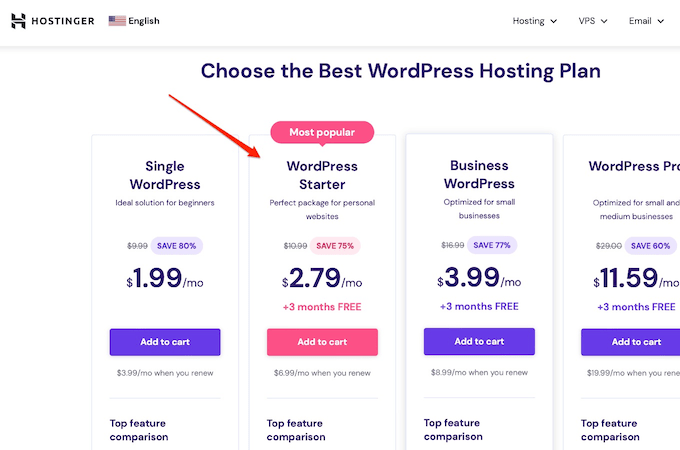
When you’re ready, add your chosen plan to your cart, and decide how many months you want to subscribe for. The longer your plan, the cheaper it is, but if you want to start with just a year to try, that works, too.
Then, add your payment information and purchase your plan.
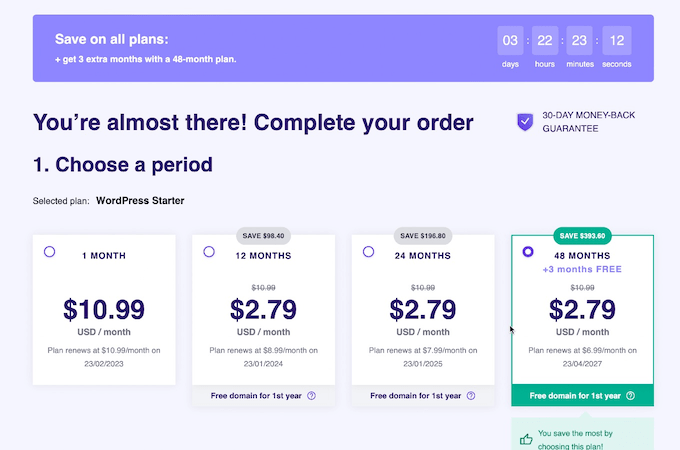
Log in to your Hostinger dashboard, where you’ll see your plan and the option to Set Up.
We’ll walk through that in a second. First, there are a few other steps you need to complete.
Step 2: Choose a Niche
The next step is to choose a niche.
Travel is a niche in itself, but there are many ways you can narrow it down even further. For example, you could have a solo travel blog or a blog that explores hidden gems in Los Angeles. You can also have a blog for budget travel or one for luxury hotels.
The more niche you are, the easier it will be for you to find an audience. Travel is very competitive when it comes to blogging, so finding something you are an expert in and creating detailed content on that subject will make it easier for you to break into blogging.
Once you know what niche you want, consider who might read that information and how it might affect your branding. Will your readers be women? Will they be young? Will they be interested in stories or more interested in practical tips and recommendations?
Once you have an idea of who will read your blog and what topics you will cover, you can move on to the next step.
Step 3: Choose a Blog Name
Once you’ve decided on our niche, you can choose your blog name. Some people use their own name for a travel blog, like “Jack around the world” or “where is Sarah?” You can choose anything you want—just make sure it’s not already taken.
When you are deciding on a name, here are some things you should consider:
- Choose a name that is relevant to your niche
- Choose something short and easy to type or spell
- Choose something memorable
- Choose an available domain
- Choose a .com domain
- Choose a blog name that is free on social media
Hostinger offers a domain name tool that can help you check if your domain is available:
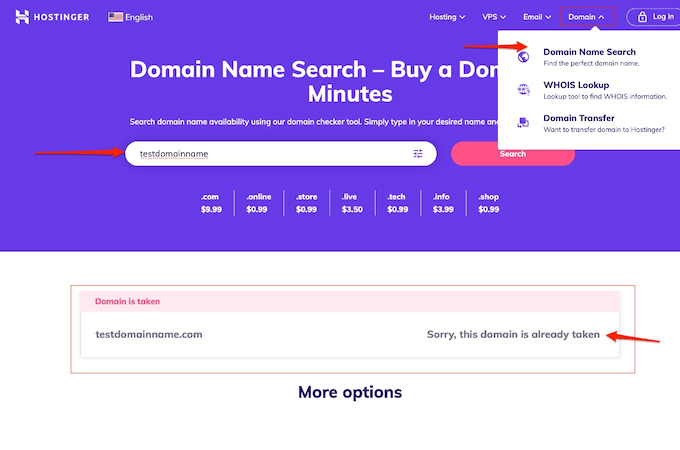
Just be careful not to choose a name too similar to anyone else’s. You could get in trouble for copyright or trademark infringement or simply lose traffic to the other person’s website.
You also want something unique, as this will help you stand out and build a brand from the start.
Once you’ve decided on a domain name and know it’s available, go to Set Up in your Hostinger dashboard and get your free domain. Then, select Build a New Website and go to the next step.
Step 4: Set Up Your Site and Activate Your SSL
Once you’ve set up an account with Hostinger and have a name, you’re ready to set up your site.
In your Hostinger Setup, go to Build a New Website, where you’ll be asked to choose a hosting platform. Choose WordPress, then create a login and password for your WordPress account.
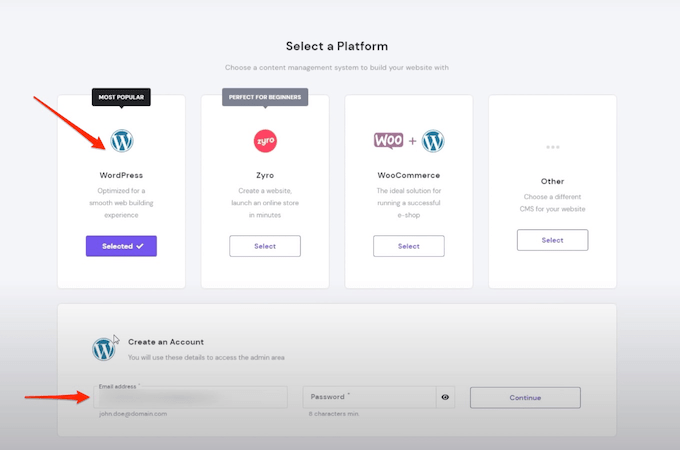
You can then browse themes for your site. In the search bar, you can look for themes specifically for travel or blogging. You don’t have to stick with these long terms, but just choose one and select Continue for now. You can change themes later, too.
After you choose your theme, you’ll arrive at a page that says your site is ready. Before opening your WordPress Dashboard, you’ll want to ensure your SSL certificate is installed. Go to the option that says Control Panel and click Manage Site.
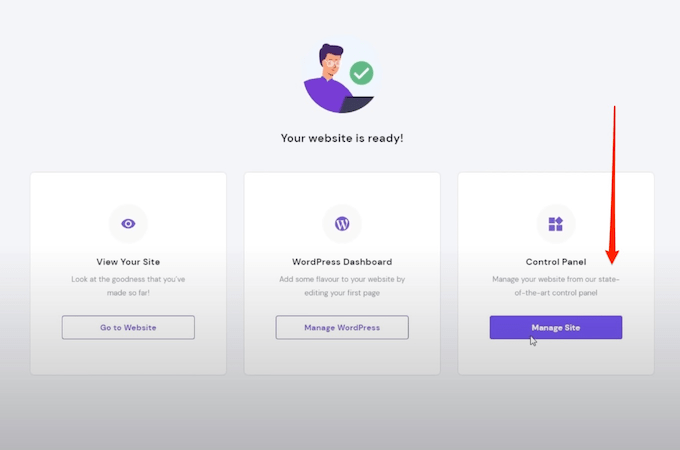
If you need to set up your SSL, there’ll be a yellow button that says Finish Domain Registration. Select it. Add personal details like your name, address, phone number, etc. Once you’re finished, click Set Up, and continue to Control Panel.
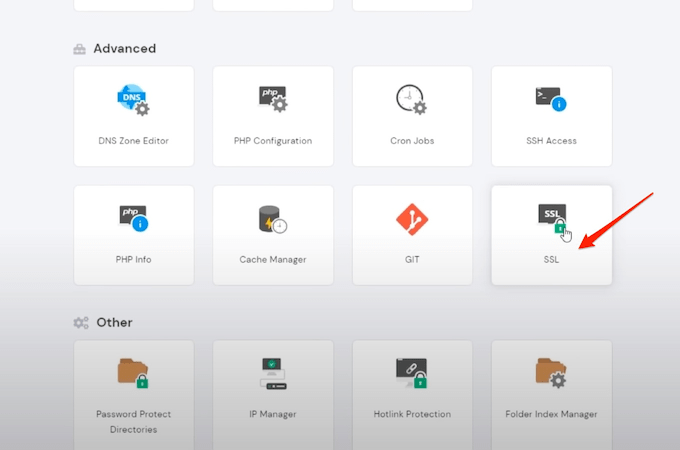
Next, go to Hosting in the top menu bar, click Manage next to your website, and from the Hosting Account page until you reach the Advanced section, where you’ll see the SSL icon. Select it.
Click Set Up, then Activate, then Install. You’re done! You’ve finished the technical stuff and now get to move on to the fun part – customizing your site!
When you’re ready, move on to Step 5.
Step 5: Get a Theme
Once you’ve finished setting up the technical parts of your blog, you can move on to making your blog look the way you want by customizing your theme.
For some blogs, appearance isn’t as crucial because people focus more on the content. For travel blogs, though, people expect beautiful pictures to help them get lost in the stories and get inspired by your trips.
If we look at examples of popular travel blogs, you can see what we mean:
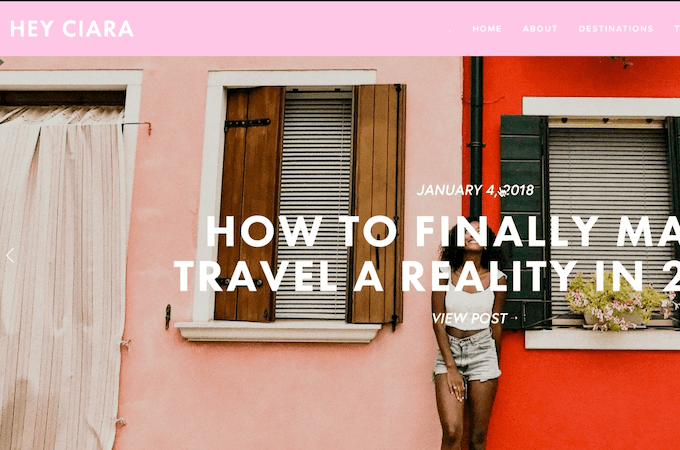
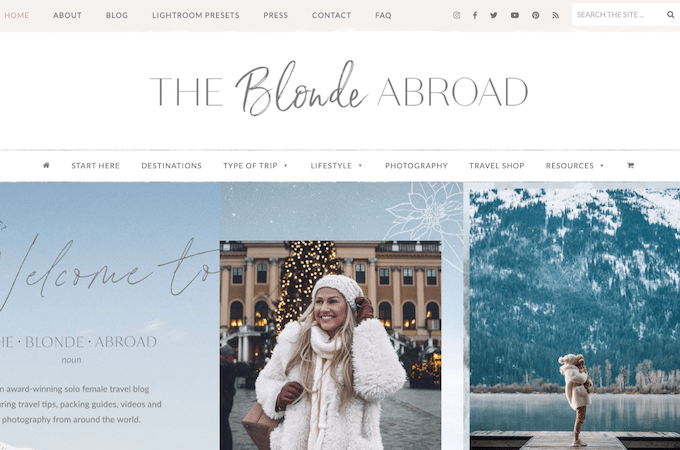
When choosing a new theme, you have a few options.
You can go to your WordPress dashboard by adding /wp-admin to the end of your URL. If you go to Appearance, you can choose a new theme from the WordPress library. They do have free travel blog templates, but they’re very simple.
Travel blogs are usually beautiful, as images are a big part of the branding, so this is one place where it makes sense to invest in a nicer theme. You can find them for affordable rates on Etsy, purchase them through the WordPress store, or opt for a more expensive theme from a website like Hello You Designs. Theme prices usually range from $10 to $100+, but setting them up is much easier than coding.
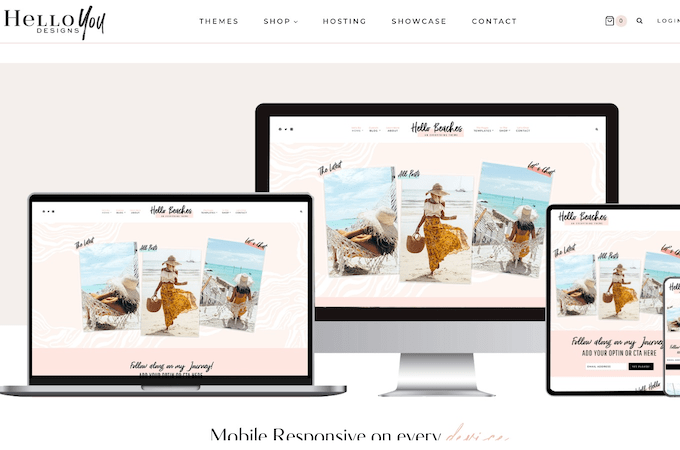
Once you buy a theme, upload it to your site by going to Appearance?Themes, then Upload. The seller will usually send you detailed information along with your purchase explaining how to set up and customize your theme.
Once you’ve chosen and uploaded a theme, you can move on to step 6.
Step 6: Customize Your Blog
Now that you’ve chosen a theme, you can start to customize your blog.
This includes changing the images to your own. You can use stock images here, but for travel blogs, many people like to use their own images to give their blog personality or credibility. You should also update the language on your site, on your menus, and on your buttons.
You can create a brand color palette and a logo for your site here as well. A great tool for creating a brand color scheme is Coolors, and Canva is a great way to create a free logo.
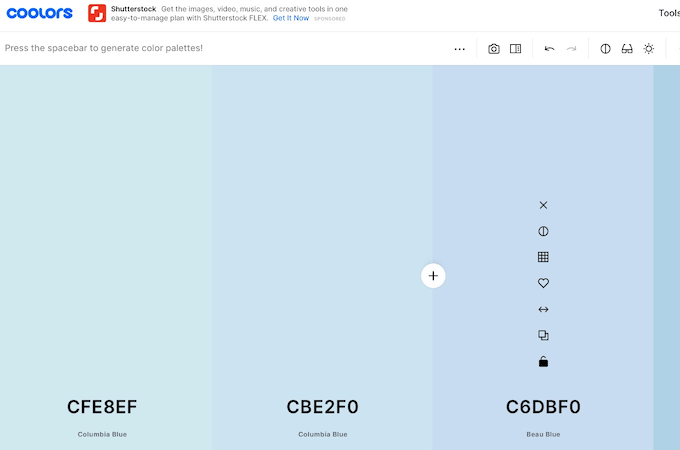
It’s also time to write and add content to your homepage, about page, destination pages, and contact page. You can look at other travel bloggers for inspiration, but don’t copy anyone! Add as much personality as you can to your content, as that will build you a following in the long run.
Once you’ve finished updating your content and customizing your blog, you can move on to the next step.
Step 7: Plan Your First Few Posts
The next step is to plan out what you’ll write about.
For travel, if you have chosen a specific niche, this won’t be too hard as it is easy to plan and structure your posts by interests or destinations. For example, if you are starting a travel blog about Thailand, you might have posts about Bangkok, Chiang Mai, Krabi, and Phuket.
Or, if you are starting a family travel blog, you might have posts about flying with kids, child-friendly restaurants, family-friendly hotels, and the best activities to do with young children at the beach.
You can use your market research or inspiration from bloggers you like in your niche for ideas. Try to create a plan with your posts that makes sense and can help you start building your menus and destination pages.
The more you can fit posts together and link between them, the easier it will be to keep people on your blog longer. Once you have five pieces of content or more and have a rough edit or at least a plan of what you will write, move on to the next step.
Step 8: Add Plugins
The next step is to add plugins to your blog.
Plugins add extra features to your site, like interactive maps, email sign-ups, or cookie banners. WordPress will automatically include some plugins for you, but if you need other plugins for your site, you have to download them from the plugin store or upload them to your site.
You can view your active plugins via the WordPress dashboard by clicking on Plugins in the side menu. You’ll then see a list of the plugins you already have and a button at the top of the page that says Add New.
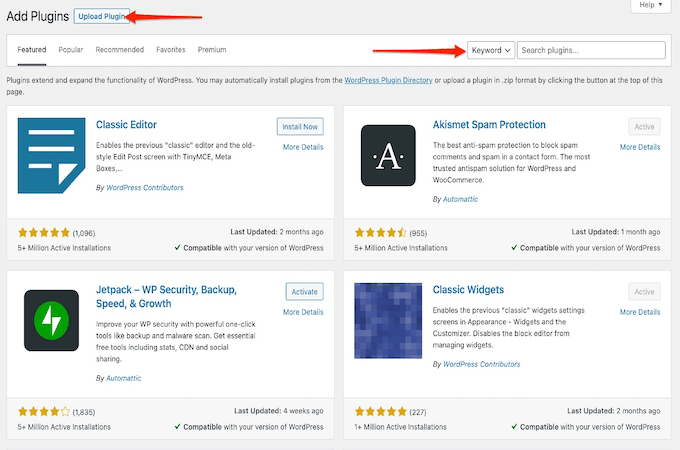
If you click through to Add New, you can search different plugins and upload your own. Add as many as you want, but remember that too many plugins can slow down your site. Here are a few to get you started that will help you with the basics of running a blog:
- Akismet Anti-Spam (Filter against spam comments)
- WP Fastest Cache (Boost your site loading speeds)
- Updraft (Saves and backs up your site)
- Yoast SEO (Improve your SEO and posts)
- Cookie Notice (Keeps your site compliant)
If you want more information about plugins and those we recommend, we have an extensive guide to the best WordPress plugins here.
After you’ve added your plugins, you can move on to step 9.
Step 9: Add Legal Pages
Every site needs legal pages, whether for a blog or a business.
This includes your Privacy Policy and Terms and Conditions, which are required by law, and need to be placed somewhere obvious and easy to find on your site, like a menu or sidebar.
A Privacy Policy tells users how their data is handled and which third-party plugins they use. Terms and Conditions just let users know any rules you have for your blog, like how old someone should be to access it or whether your photos are copyrighted.
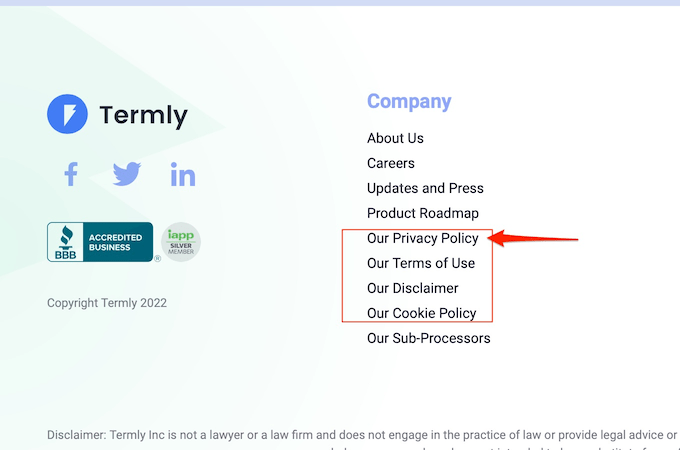
You can use a generator like Termly, or Terms Feed to create these pages for you with a template you then fill in. However, as a disclaimer, these are not the same as getting official pages drawn up by a lawyer. To ensure your legal pages are correct, you should always consult a legal professional.
Once you have created and added your legal pages to your site, you can move on to the last step.
Step 10: Set Up Your Social Media
Now that your blog is ready to launch, you can set up social media accounts using your blog name.
Instagram, TikTok, and Pinterest will be most useful to you as a travel blogger because people prefer to see travel images and stories of trips. You can still set up Twitter and Facebook, but you might not get as much traffic from those sources.
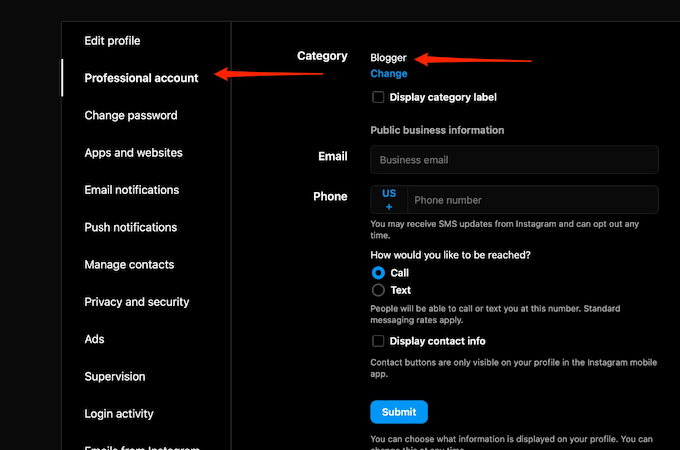
It’s also better to set up a business (WordPress calls it “Professional”) account from the start to track your traffic, and it’s easier for brands to reach out to you for partnerships or press trips. All social media platforms let users create business accounts to link their sites and analyze audience data for free.
After you have set up your social media, you can link those to your site, and you’re done. There’s nothing left to do but write your content, travel, and start living your dreams!
Final Thoughts About Starting a Travel Blog
Travel blogs are competitive and can be hard to monetize, but they’re so much fun it’s worth all the hard work. With these 10 steps, you’ll know how to set up the foundations of a travel blog and give yourself the best shot at success.
https://www.quicksprout.com/how-to-start-a-travel-blog/
No comments:
Post a Comment